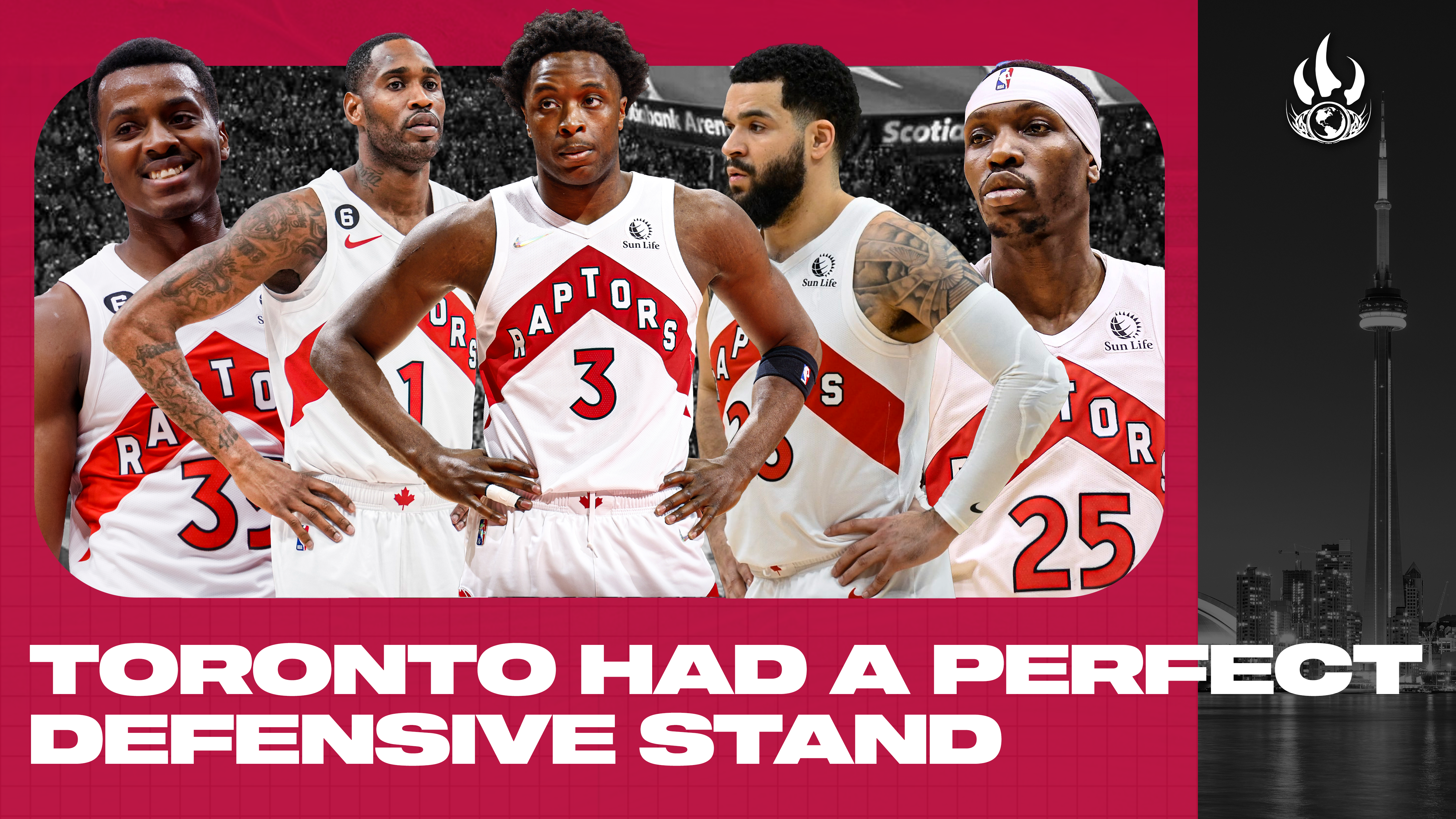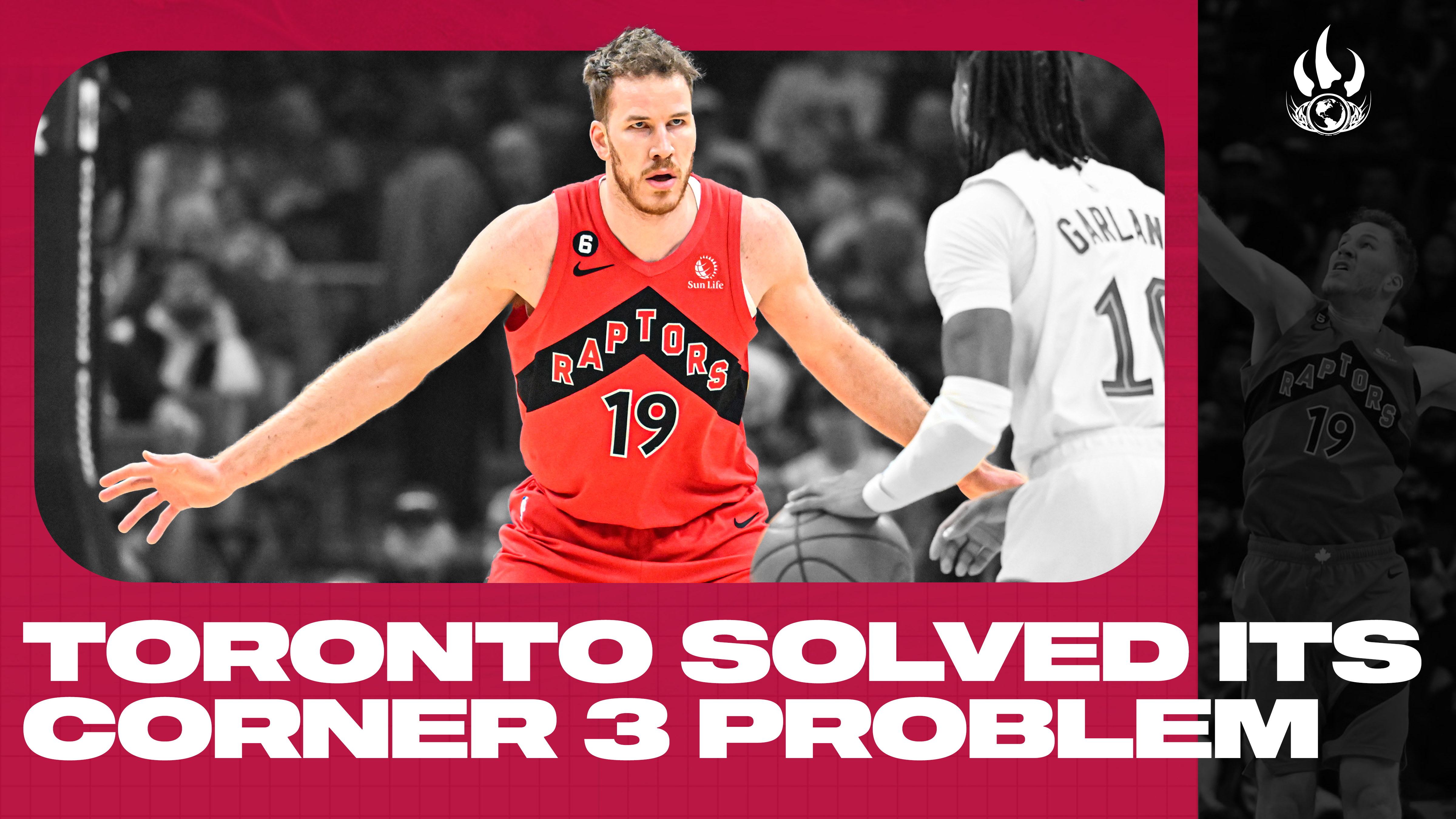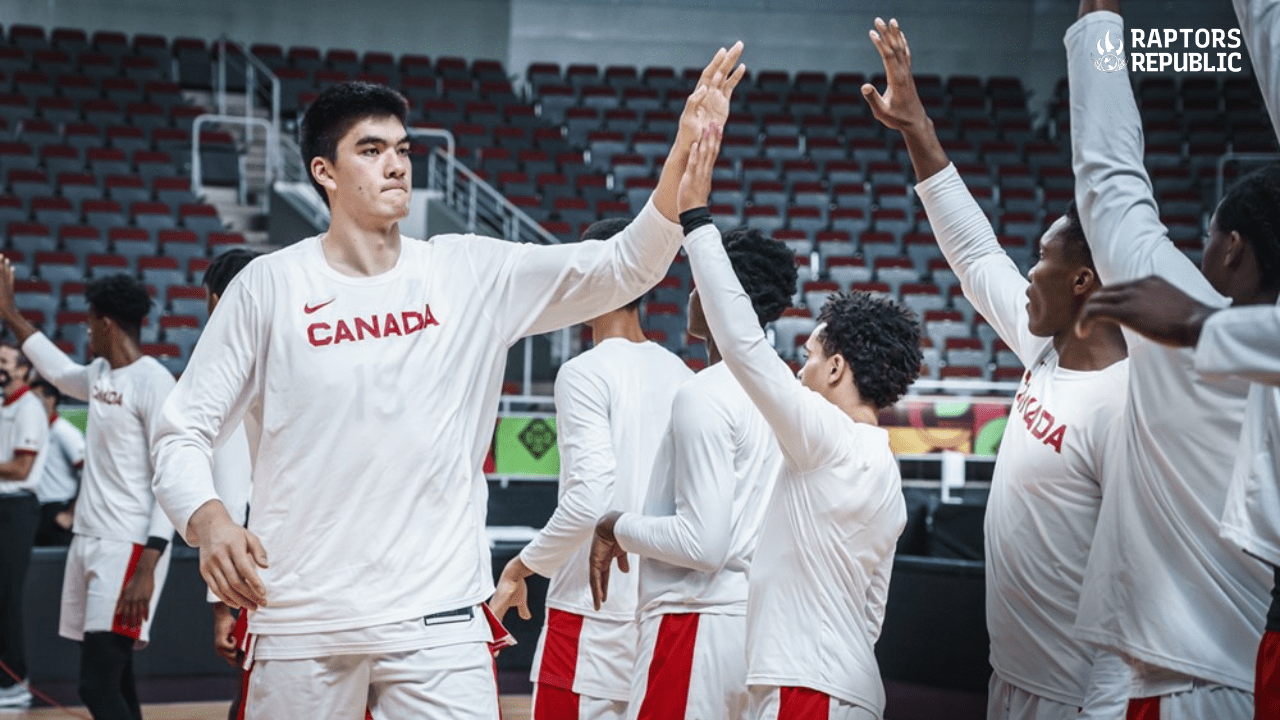Archimedes almost didn’t realize that he had discovered how to measure the volume of an irregular body. He wasn’t allowed to melt it down (apparently, it was a golden crown, and he was supposed to measure if there was any silver inside without harming the object in any way), which made it a tough problem to solve. Naturally, he took the crown into the tub with him to think. Realizing the water rose when he dunked the crown underneath, he discovered — completely by chance — the solution.
If you dozed off watch the Toronto Raptors spank the Charlotte Hornets for the second game in a row, you would be forgiven. There were some small delights, including O.G. Anunoby spinning around the Hornets several times with the lithe and smooth agility usually reserved for his teammate Pascal Siakam. But mostly, it was a fairly good team beating a tanking team. Yawn.
So like Archimedes, you might have missed the Raptors displaying the reason why they play defense the way they do. The general perception behind their aggressive defensive strategy is that it’s both high reward (lots of turnovers forced) and high risk (oh boy do opponents shoot well from the field). But that risk doesn’t have to be there. For a brief moment against the Hornets, the Raptors transcended the plane of economical thinking and — like LeBron James before them — became better than the idealized version of their own defense.
It comes at the end of the third quarter. Toronto picks up full court, which is the best way to derail an offense anyway. The Hornets don’t get into the first component of their offense until there are 16 seconds left on the shot clock. It’s a high pick and roll, and Christian Koloko plays at the level of the screen, a few feet above the 3-point arc. Even though Chris Boucher’s man is almost at half court, he waits near the nail, intending to dissuade a quick-hit pass to the roller. He fails, and a bounce pass gets through.
This should mean death for a defense. The Hornets have (theoretically) a 3-on-2 below the free-throw line, which means they really get to choose how they want to consume their foes. Boil them? Fry them? Bake them? It’s all on the table. To stretch Toronto further, Charlotte’s strong-side spacer in the corner relocates to the weak-side corner, meaning his defender technically should be further from the play and less able to rotate to protect the rim.
Instead though, they wind up with nothing. Not because of poor offensive choices but because Toronto’s defensive shell teleports to take away all those deaths and replace them with cushy landings.
O.G. Anunoby was guarding the strong-side corner, and he stops short in relocating to the weak-side corner. He now is closer to the paint rather than further, and he has a relatively easy time tagging from the corner, reaching the paint before the ball. He is one of the league’s foremost defenders, so the correct basketball play is to make an immediate pass to extend advantage. That happens.
Will Barton, who had lifted from the weak-side corner to the wing, drops back to the corner to take Anunoby’s man. That leaves his mark available, and that’s where Charlotte funnels the ball. So far, the offense is doing fairly well at making the correct choices. (You can quibble with the corner-to-corner relocation, but it made sense in theory, even if it was way too early. It’s also bad that Charlotte didn’t run a cutter from the corner at the moment its roller caught the ball. That’s the biggest issue from an offensive process standpoint.) Regardless, Charlotte has shrunk Toronto’s defense into the paint and chosen to ping the ball to the open man on the perimeter. That’s not bad!
But Boucher, the league leader in blocked corner 3s in 2020-21 and 2021-22 and so far in 2022-23, sprints to the wing to take away the shot. It’s a pretty impressive recovery that sees him travel quite a ways.

As a result, the Hornets pan river rocks instead of gold. They swing the ball along the perimeter, and first VanVleet then Anunoby travel at the speed of the ball to take away anything from pass to pass. Koloko, as soon as the first pass came in the pick and roll, sprinted to the paint to scram switch Anunoby, freeing him up to the be the closer on the play.
The ball ends up exactly where it began, but with eight fewer seconds on the shot clock. The Hornets created a monstrous advantage, made mostly correct choices in terms of maintaining that advantage, yet ended up with nothing. Actually, less than nothing: Now Toronto has Anunoby guarding the ball, rather than VanVleet, which means the Hornets ended up with less than they had before in terms of advantage.
The play ends predictably. Anunoby teleports over a late-clock screen (for a man of his size and strength, he is so wonderful at navigating on-ball screens) and forces an awkward one-legged stepback. Boucher gathers the contested rebound.
You might be thinking to yourself, ‘look, this the Charlotte Hornets we’re talking about. Chill.’ And you would be correct about that, I should chill — especially given Toronto’s loss the next night to the Boston Celtics. (Even if Toronto’s defense in the loss was very impressive.) But the fact that this play came against the Hornets is irrelevant. Yes, they’re tanking the end of the season, and yes they’re a bad team anyway, but Toronto’s defense was idealized no matter who was trying to score. Ignore the actual players, ignore the offense entirely. Just focus on Toronto’s players, where they moved to and where they were coming from, and what all the rotations added up to. That’s what’s important.
You could divide this play into thirds, more or less lining up with the three equal sections of the shot clock. VanVleet and Boucher waste the first third by being pesky and pressing. The entire team wastes the second third with perfect rotations. And Anunoby wastes the final third with elite on-ball defense.
Toronto executes its scheme with five players knowing what has to happen before it’s time to do the thing. The tagger hits the paint before the ball, and his man is defended before the pass even goes off. Then Toronto helps the helper (I guess, at this point it’s helps the helper’s helper hehe) and stays ahead of the swing. That’s clean defense. It starts with aggression at the level of the ball screen, continues with aggression with the early tag, and is saved by the aggression of Boucher’s closeout in particular.
Toronto’s scheme in this context gave up nothing and took everything — this is how they’ve fixed their rim protection and their corner-3 problems while continuing to force turnovers. When poorly executed, with mistakes in defensive choices, Toronto can easily give up high-value shots at the rim or in the corner. (And whether Toronto asks too much of its defenders, and courts those mistakes more games than not, is a fair question.) But for a brief moment during an otherwise boring game against the Hornets, Toronto showed the real upside of its defense: When done properly, it can take away everything.



